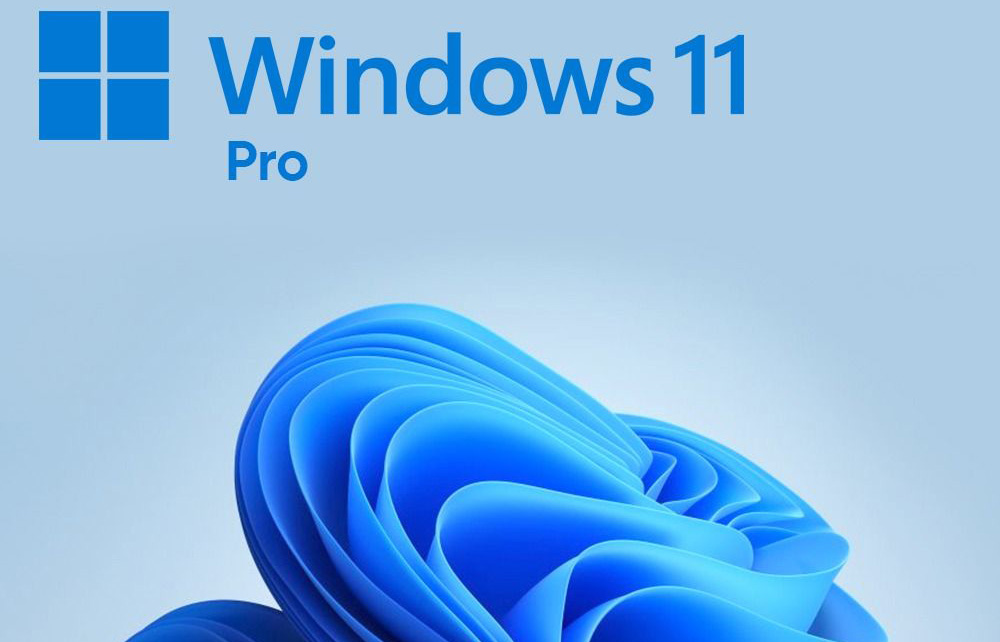Why are weather apps so different?
Welcome to Blackview (The industry leader of outdoor rugged smartphone) blog. Hope the guide helps.

Why the best Canadian weather app is different with the best Australian weather app, and the best Indian weather app? Why there are differences between different weather apps? Weather apps can vary significantly in terms of the information they provide and the way they present it due to several factors:
- Data Sources: Weather apps rely on various sources of weather data, including meteorological agencies, weather stations, satellites, and weather models. Different apps may use different combinations of these sources, leading to variations in the accuracy and reliability of the information provided.
- Weather Models: Weather prediction involves complex mathematical models that simulate atmospheric conditions. Different weather apps may use different models, such as the Global Forecast System (GFS), European Centre for Medium-Range Weather Forecasts (ECMWF), or proprietary models. Each model has its own strengths, weaknesses, and biases, leading to variations in forecasts.
- Localization and Data Processing: Weather apps need to process vast amounts of data and localize it for specific regions or locations. The accuracy of localized forecasts depends on the quality and resolution of the underlying data, as well as the algorithms and techniques used for data processing and interpolation. Apps may employ different approaches, leading to variations in localized weather information.
- Features and Customization: Weather apps often include additional features beyond basic weather forecasts, such as radar maps, severe weather alerts, air quality information, and user customization options. The inclusion and presentation of these features can vary across different apps, catering to specific user preferences and needs.
- User Experience and Design: Weather apps aim to provide weather information in a user-friendly and visually appealing manner. The user interface, design choices, and presentation styles differ between apps, resulting in variations in the overall user experience. Some apps prioritize simplicity and ease of use, while others focus on detailed meteorological data and visualizations.
- Monetization and Partnerships: Weather apps may have different business models and partnerships that influence the information they offer. Some apps rely on advertising revenue, while others offer premium subscriptions or partner with specific organizations for specialized weather data. These factors can affect the availability and quality of certain features or data in the app.
It's important to note that weather forecasting is inherently challenging, and despite advancements in technology, it's impossible to provide completely accurate predictions. Weather apps strive to provide the best possible forecasts based on available data and models, but inherent uncertainties and regional variations can still lead to differences among different apps. It's always a good idea to use multiple trusted sources and compare forecasts for a better understanding of the weather conditions.







